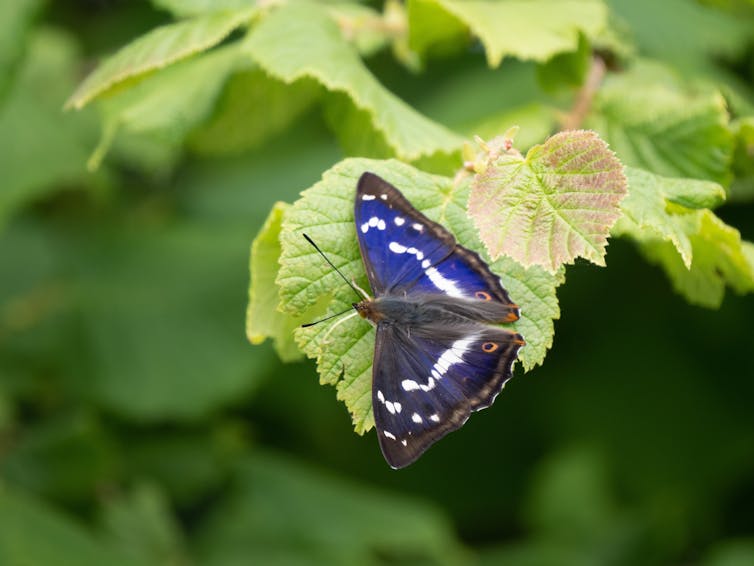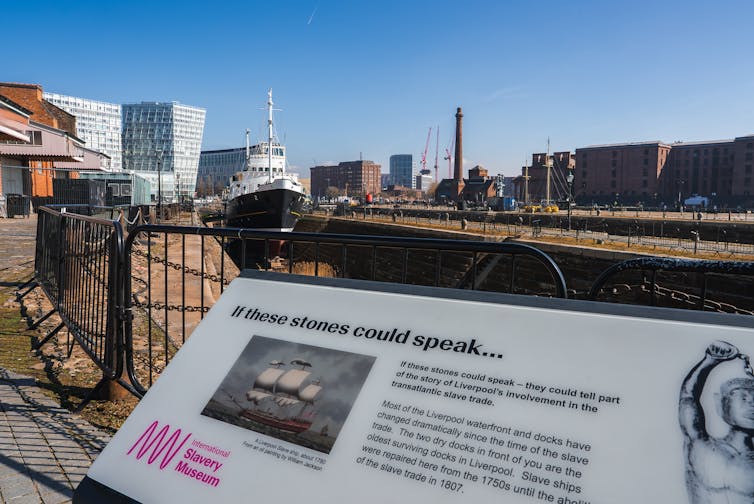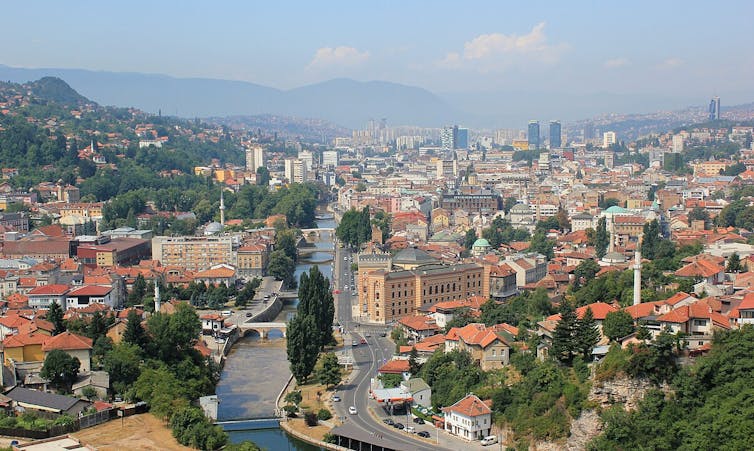Source: The Conversation – UK – By Willow Neal, Postgraduate Researcher in Conservation Ecology, The Open University
Biodiversity is in rapid decline, across the UK and globally. Butterflies are excellent for helping us understand these changes. Where butterfly communities are rich and diverse, so too is the ecosystem. But the opposite is also true: if butterfly numbers are low and there are few species, it is a bad sign for the overall variety and abundance of life in the area.
Butterfly sightings were among the lowest on record in the UK in 2024 – a low point in a downward trend that has been documented in North America and elsewhere.
The UK’s low numbers last year were probably due to the weather – in particular the notably cloudy and wet summer. These are not ideal conditions for butterflies, which use the Sun’s warmth to regulate their temperature and (mostly) do not fly in the rain.
Get your news from actual experts, straight to your inbox. Sign up to our daily newsletter to receive all The Conversation UK’s latest coverage of news and research, from politics and business to the arts and sciences.
While weather patterns vary, climate change is making unpredictable weather more common. Wildlife is under the immense combined pressure of habitat loss and climate change, and it is driving many species to extinction. Consecutive summers with poor weather can push butterflies, and other species, over the edge.
Luckily for butterflies, 2025 has been a stark contrast – so far. After the driest spring since 1893 and multiple early summer heatwaves in the UK, butterflies are really bouncing back under lots of sunshine, which keeps them active.
Legendary lepidopterist Chris van Swaay of Butterfly Conservation Europe posts results of Dutch butterfly counts from early spring to late autumn. Many of these “transect surveys”, which involve recording butterflies while following a straight line through a habitat, have been repeated in the same locations over several decades. As such, they give reliable trends of butterfly diversity and abundance.
Van Swaay notes that many common species are having an excellent year. Many of the white species, including the large white, small white and green-veined white, are faring particularly well. Peacock butterflies are also being recorded on these Dutch transects in some of their best numbers for the past 20 years. These trends are likely to be the same in the UK.
On the Knepp estate in West Sussex, a farm that underwent rewilding in 2001, biologists are reporting record numbers of not just butterflies in general, but the elusive and stunning purple emperor (Apatura iris). This species can only survive in old and large woodlands with willow trees that they lay their eggs on. Because they live almost exclusively in the canopy, they are often difficult to see.
It is a treat to see even one purple emperor, and Knepp has been recording their numbers since 2014. The previous record was 66 over the entire summer in 2018 (another hot and sunny one). But 2025’s numbers have smashed that, with a running total of 80 as of July 11.

Stephan Morris/Shutterstock
I have the pleasure of often working in a meadow next to a river, and butterfly numbers are staggering here compared with 2024. Even the buddleia bush outside my office has had at least 30 butterflies at a time, of a wide variety of common species, during the past few weeks – an absolute joy to see.
Hot weather helps butterflies – until it doesn’t
This sounds like good news, right? Butterflies have been saved, and we didn’t have to do anything. I’d be happy even if that put me out of a job, and despite it ignoring the incredible work of charities like Butterfly Conservation. But it is, of course, not the whole story.
Our standard for what constitutes a great year for butterflies has been considerably lowered due to the extent of loss over decades and centuries. The great butterfly summer we are having might be comparable to an awful year 30 years ago. Similarly, this hot and dry weather is good for a while – but if it doesn’t start raining soon, plants are going to wilt.
We saw this during the intense heatwave of summer 2022. Both the plants that butterfly larvae use for food and the nectar sources of adult butterflies were under so much stress from a lack of rainfall that they failed to help adults and caterpillars alike.
The exceptionally warm spring of 2025 led to butterflies emerging from hibernation (referred to as “overwintering” when it concerns insects) unusually early.
Butterflies overwinter as eggs, caterpillars or adults. Their emergence is typically triggered by rising temperatures, and this year’s warmth appears to have accelerated that process: 21 out of 33 butterfly species in Dorset were spotted earlier than usual. The dingy skipper (Erynnis tages), a small, unassuming and increasingly rare species, emerged a whole month earlier than usual.
While early sightings may seem encouraging, they raise concerns. If plants do not also respond to the warmer temperatures by blooming earlier, there may not be enough food to sustain these early butterflies and other pollinating insects. This is a growing concern as the global climate changes.
Overall, there are reasons to be delighted about the summer of 2025. The sunny weather has allowed for a vital boom in butterfly numbers, despite the constant strain that nature is under. It is refreshing to see a bush full of vivid, beautiful insects.
However, the rain is still necessary, and the see-saw between a very wet year in 2024 and the potential for a very dry one in 2025 indicates climate change’s violent disruption of weather patterns which nature has depended on for a long time.
You can support butterfly conservation by mowing your lawn less, planting more native flowers, and joining the UK’s annual Big Butterfly Count – which starts on Friday, July 18 – to report your sightings and help experts like me keep track.
Don’t have time to read about climate change as much as you’d like?
Get a weekly roundup in your inbox instead. Every Wednesday, The Conversation’s environment editor writes Imagine, a short email that goes a little deeper into just one climate issue. Join the 45,000+ readers who’ve subscribed so far.
![]()
Willow Neal received funding from NERC (National Environmental Research Council).
– ref. Why the UK’s butterflies are booming in 2025 – https://theconversation.com/why-the-uks-butterflies-are-booming-in-2025-256039










